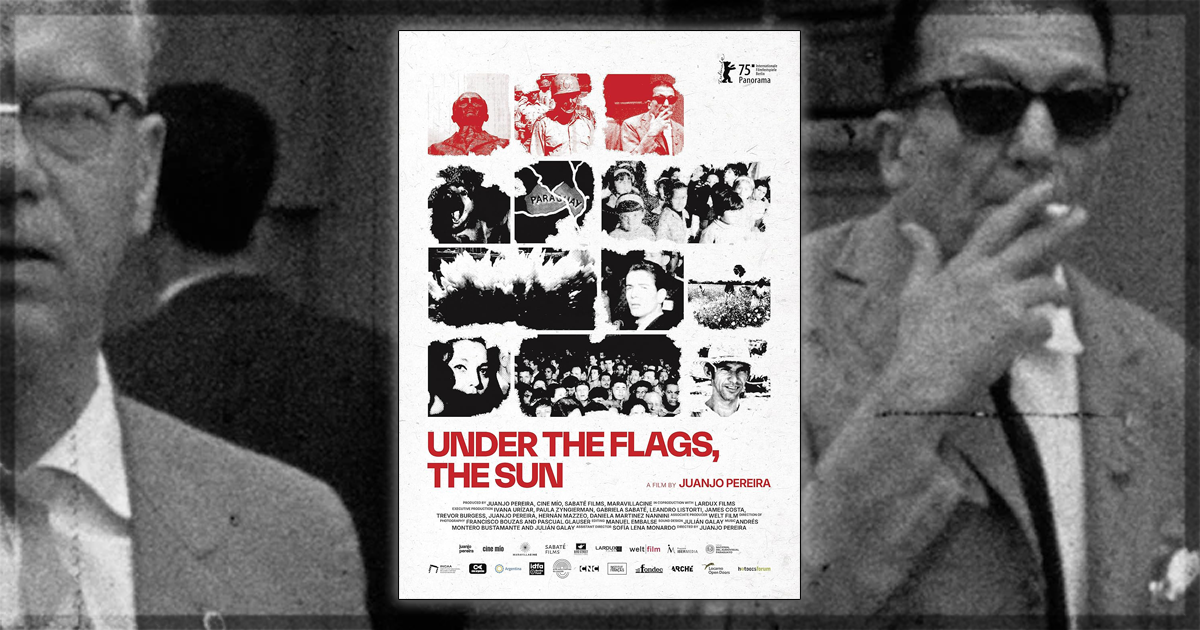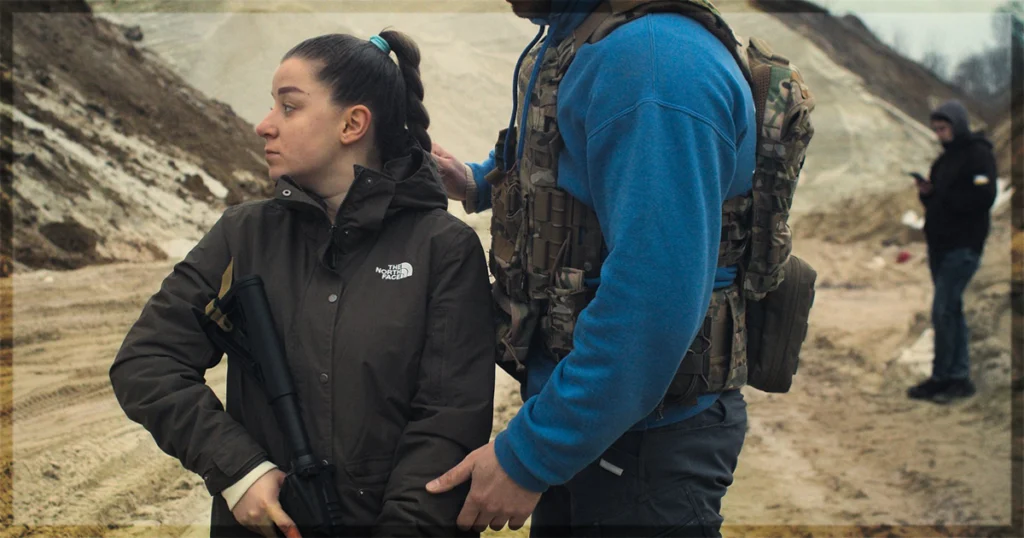In 1954, the General of the Paraguayan army, Alfredo Stroessner, performed a military coup in which he would become the country’s President. At that time, Paraguay would be an internationally unknown territory between two massive South American potencies: Argentina and Brazil. In Under the Flags, the Sun, the Paraguayan director Juanjo Pereira analyzes the Stroessner era and the results from the Operation Condor. The Operation was a CIA project to politically control the countries in the South Cone to avoid proximity with the Union of Soviet Socialists Republics (USSR). Paraguay would become the first country to overthrow its current leadership in 1954. Consequently, Brazil in 1964, Bolivia in 1971, Uruguay and Chile in 1973, Peru in 1975, Ecuador and Argentina in 1976. The coup d’Etat in those countries led to a bloodbath of opposition with deliberate torture, the massive exile of left-wing individuals, and the disappearance of thousands. Upon the date in the continent, only a few militaries would have trials for their crimes during the dictatorship. Even so, the families of the disappeared still look for answers and clues on the death dates of their loved ones.
Pereira gathers different materials to expose on the screen how the propaganda for the dictator would work. In an interview, the President affirms his government does not spend money on propaganda. However, Pereira uses plenty of popular music styles, and its lyrics defend the dictatorship and how life became better under the General. The pro-army statements in the videos get contradicted right after the director shows them to us. A news report declares the importance of building the Itaipú hydroelectric plant in the triple frontier between Argentina, Paraguay, and Brazil. Yet, the editor Manuel Embalse inserts a scene of news about the money the billionaire spent in the plant and the death of a hundred workers on it. The duo works by presenting the vision of the authoritarian administration and then an international notice on Paraguay.
The impact of the archival work does not rely on the direct showing of violence and torture. Nonetheless, the director finds in interviews with the exiles and their families – the most gripping moments of the film. The director shows the documentation of the militant Margarita Baez, who suffered torture and injuries in prison time. Her brother, in a French interview, empathizes with the violence she has been through. Additionally, we also learn about Antonio Sotomayor, another exile in France, was tortured for his involvement in unions. Pereira describes the government’s work to destroy any glimpse of a working-class uprising when the military would follow Catholic peasants in the countryside in reunions. They also had no voice with the authorities and would suffer violence if questioned in any of their approaches. The director presents their thesis on how the Paraguayan government worked to protect the international capital and the American interests in the region.
Another gut-wrenching segment of the film is the association between the President of the country and Josef Mengele, the doctor of the Auschwitz Concentration Camp in World War II. He became famous for his cruel experiments with his victims. Mengele fled to South America, avoiding the death penalty from the Soviet Army; he would get exiled by Stroessner. Paraguay quickly transformed into a refuge for former Nazi soldiers. The General would justify the approximation for his German roots and protect the Angel of Death by granting him Paraguayan citizenship to stop extradition to Germany. The director blurs the lines between the far-right South Cone dictatorship with their Nazi admiration. The dictator would get denounced for using the SS methods to torture the political prisoners.
Therefore, the director exposes the contradictions of the authoritarian party, the Colorados, which would wave their red scarves as a symbol of the new “democracy” in the country. Thus, the so-called democratic effort would result in thirty-five years of Alfredo Stroessner in the government, eighteen thousand tortured individuals, and three thousand in exile. Alfredo would suffer a coup from his son-in-law, General Rodríguez, also known as Cocaine General, for his involvement with drug trafficking. Under the red scarves, there was blood. Visually, Pereira experiments with the sound by using shots in interviews or songs about the regime. In a sense, digging through the archival footage, Juanjo Pereira delivers a documentary about the dictator who spent the most time in power. Hence, thirty-five years of violence and exploration of a country to serve the international stakes.
In the final shot, Pereira films the statue of the dictator lying in a tire in a trash yard. Symbolically, it is the only time in the film that Stroessner is defeated. In this shot in Under the Flags, the Sun can represent the fall of the dictator and everything he represents.


